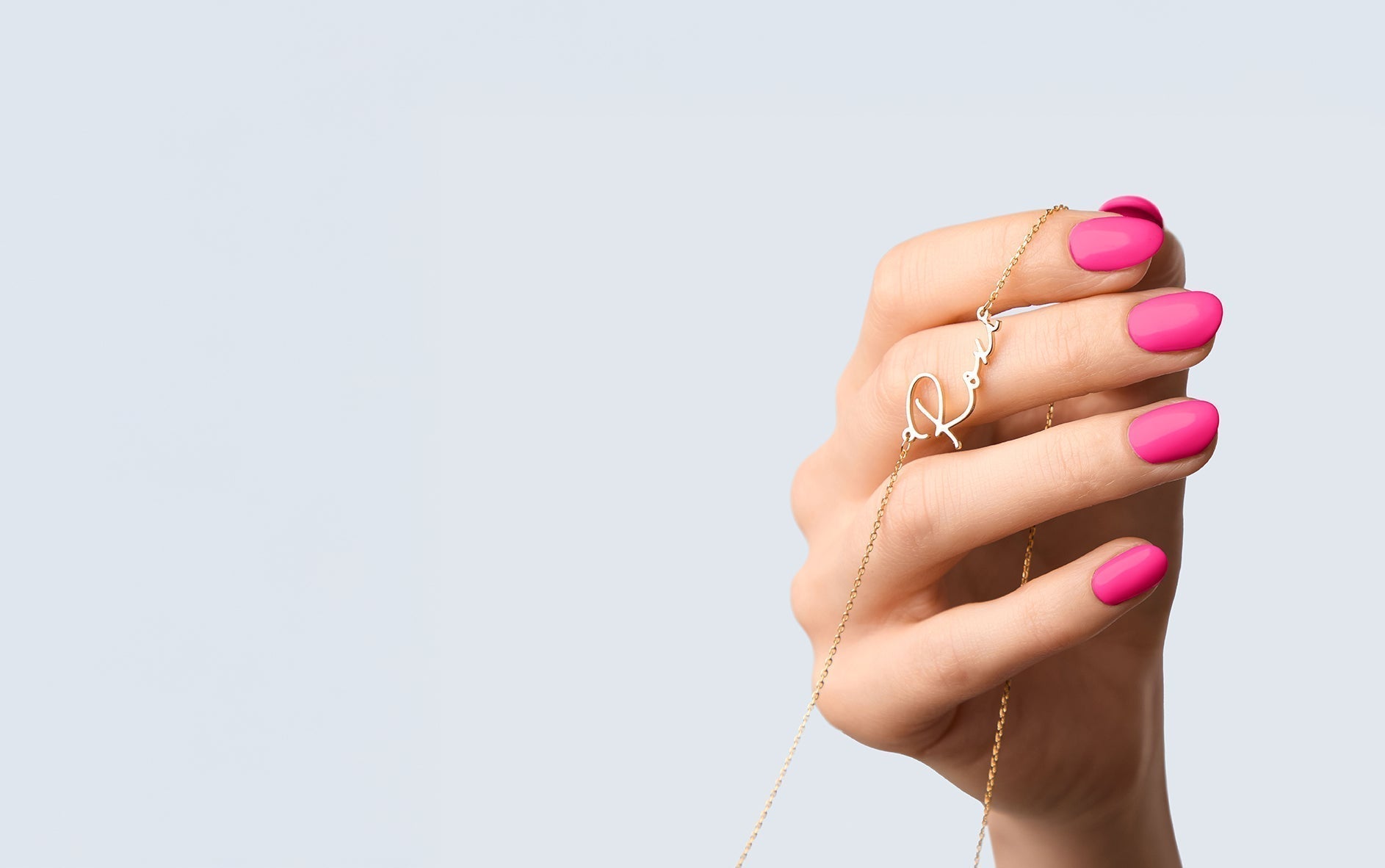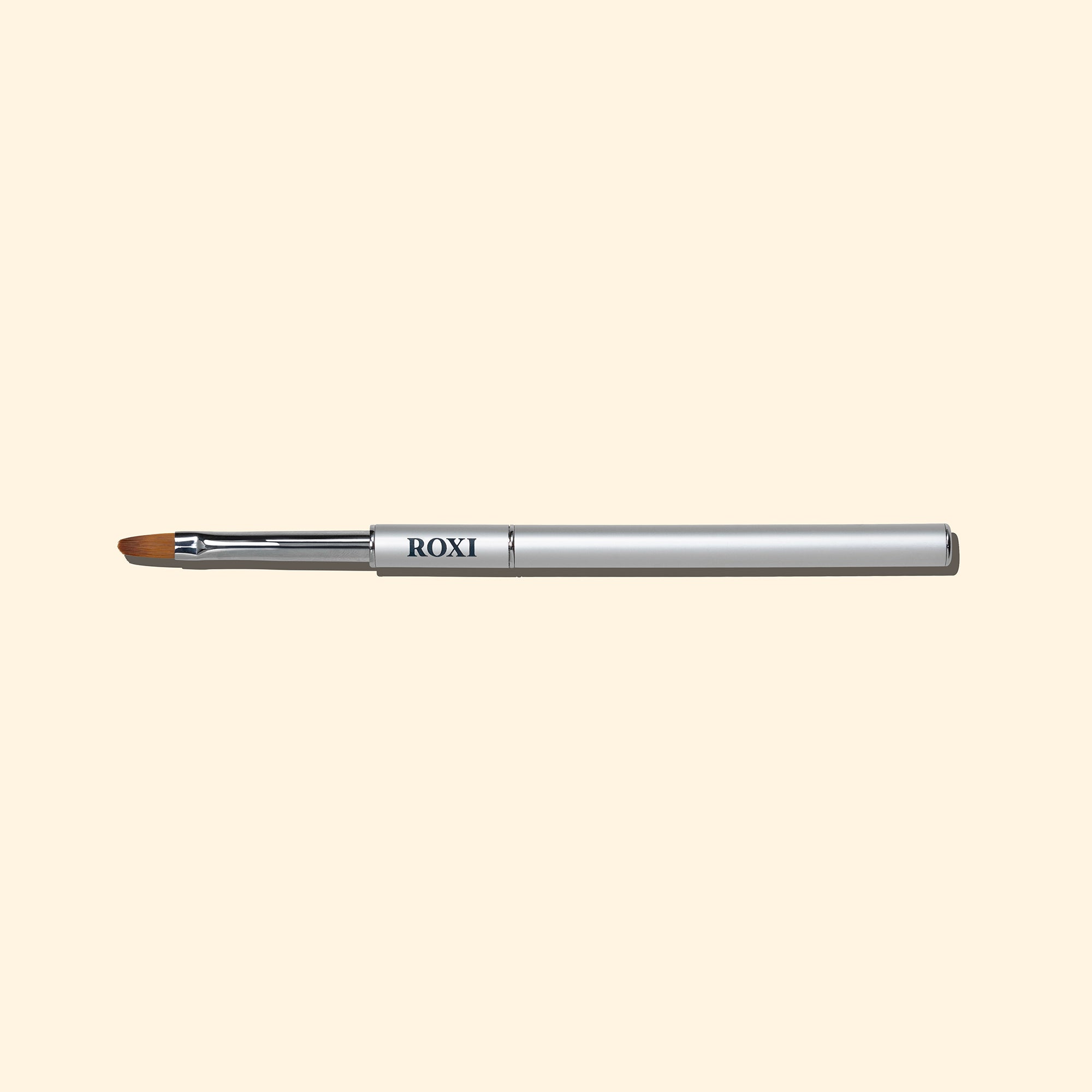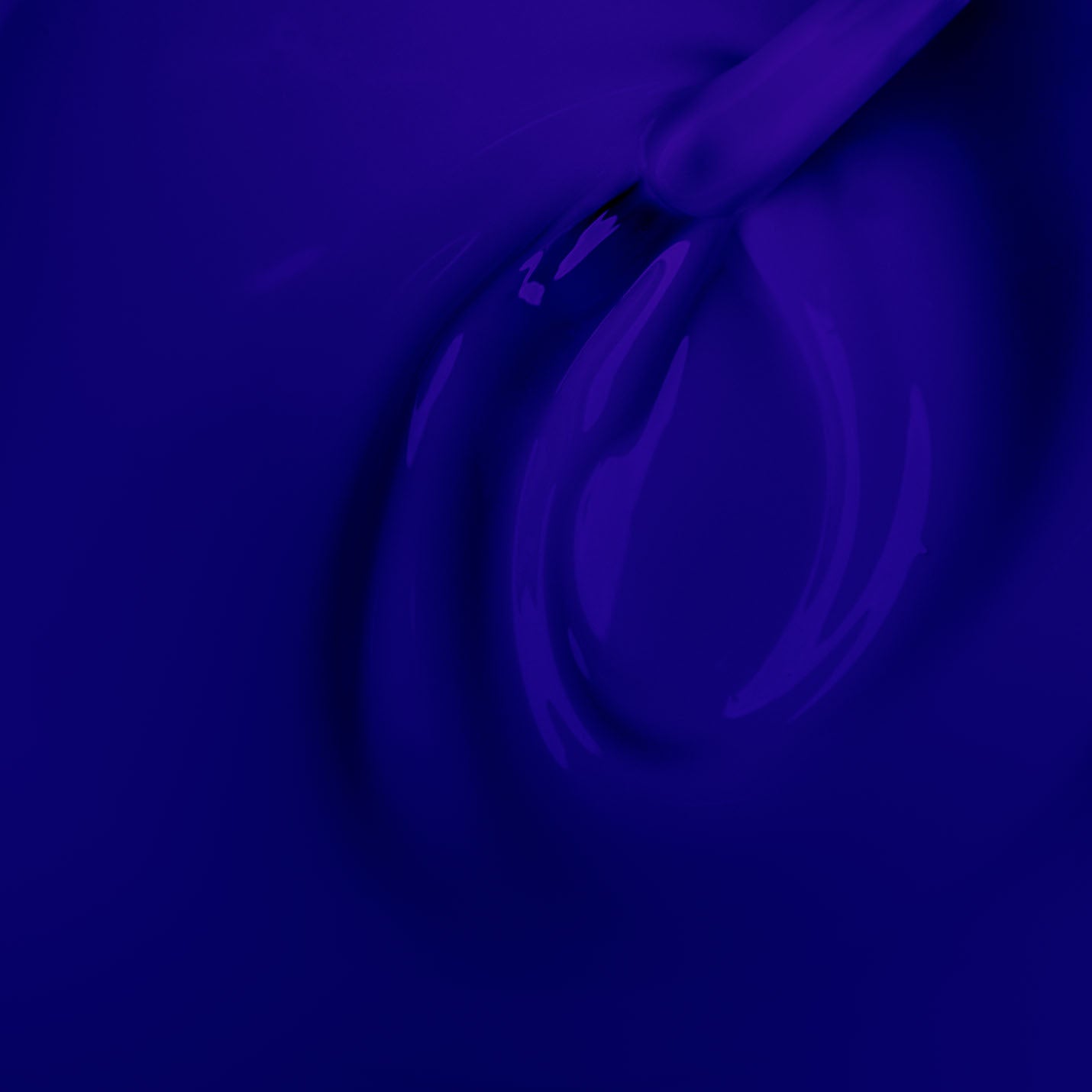As a manufacturer of professional nail products, Roxi recognises the importance of promoting safe working practices and educating those who use our products. Recently, there has been an increase in reports of allergic reactions to nail enhancements, such as UV gel and acrylic systems. These reactions are often linked to the improper use of 'at-home' nail kits applied by untrained individuals, as well as unregulated, low-cost products imported from abroad.
At Roxi, we are committed to raising awareness of these risks and ensuring that our products are used safely by trained professionals. This commitment protects both nail technicians and their clients. By maintaining high safety standards and fostering trust within our community, we aim to empower professionals to deliver exceptional services.
What Causes Allergies to Nail Enhancements?
The 2019 Guideline for Artificially Enhanced Nails and Minimising the Risk of Allergy, published by the Cosmetic, Toiletry and Perfumery Association (CTPA), notes that 'acrylate' chemicals—often found in UV gel and acrylic products—are safe when used properly. Allergies typically occur due to skin contact with uncured products. Once correctly cured, these products are no longer harmful.
To support safe practices, here are the CTPA's recommendations to minimise allergy risks for both nail technicians and clients:
Tips for Safe Nail Application
1. Apply to Healthy Nails Only
Gel products should only be applied to nails in good condition. Damaged nails may absorb acrylate chemicals, increasing the risk of allergic reactions. Avoid over-buffing natural nails and refrain from applying product on cracked, split, or bruised nails, or if the surrounding skin is inflamed or broken.
2. Avoid Skin Contact
Careful application is essential. Products should contact the nail surface only and never the skin. In case of accidental skin contact, promptly clean the area with Cleanse – ROXI, followed by handwashing with warm, soapy water. Finish the treatment with Cuticle Oil – ROXI for optimal care.
3. Wear Nitrile Gloves
Industry best practice recommends that nail technicians wear nitrile gloves with a minimum thickness of 6mil. Use a 'no touch' removal method—pull gloves down from the wrist to avoid contamination. Replace gloves after each client and treat them as contaminated waste.
4. Ensure Correct Curing
Proper curing is vital for safety and product integrity. Roxi Gel Polish, Top, and Base Coats cure fully in 36W UV/LED lamps emitting 365–405 nanometres, requiring 60–90 seconds. Use the Roxi Pro Lamp for optimal results, which includes a 99-second low heat mode to prevent heat spikes.
5. Maintain Your Nail Lamp
Regular lamp maintenance ensures effective curing. Check for gel residue on bulbs, replace bulbs as needed, and perform annual PAT tests to comply with insurance requirements.
6. Ventilate Your Workspace
Proper ventilation is crucial during the removal process. Invest in a dust-extraction unit to prevent inhalation of uncured product dust particles.
7. Choose Reputable Products
Use products compliant with Cosmetic Products Regulation (EC) No. 1223/2009. Avoid unregulated products from unreliable sources. All Roxi products meet these standards and are backed by detailed safety assessments.
8. Educate Your Clients
While aftercare advice helps clients maintain manicures, it's equally important to educate them about the risks of unregulated at-home nail systems. Highlight the benefits of professional gel application during the treatment process to reinforce the value of skilled application.
Conclusion
At Roxi, we believe that with proper education and adherence to safe practices, professionals can continue achieving outstanding results while minimising allergy risks. Research shows that only 2% of regular nail clients experience allergic reactions after prolonged exposure, but it remains the industry's responsibility to prioritise safety and education. Together, we can ensure the growth and success of the nail industry we all cherish.








